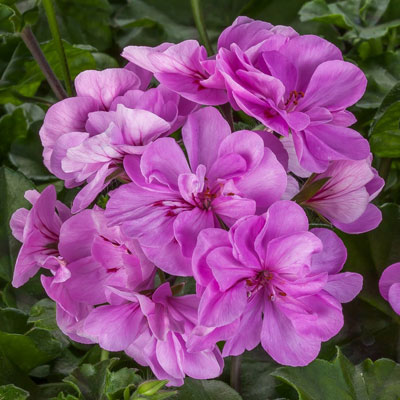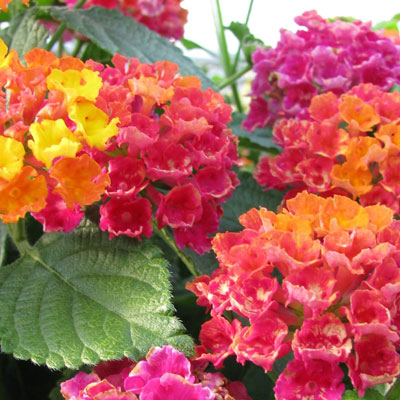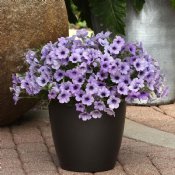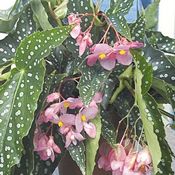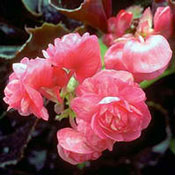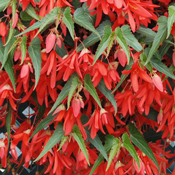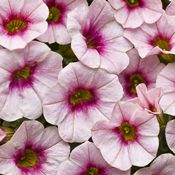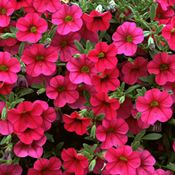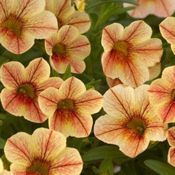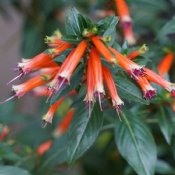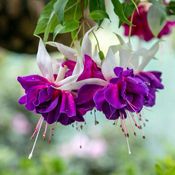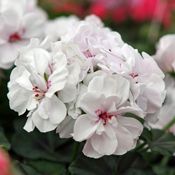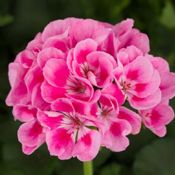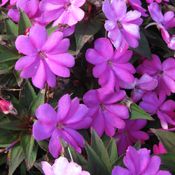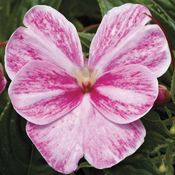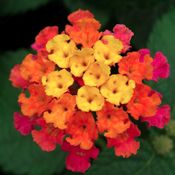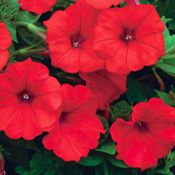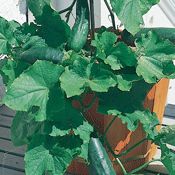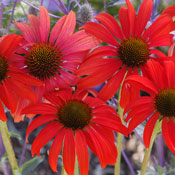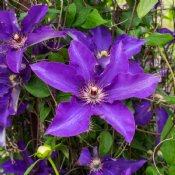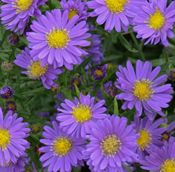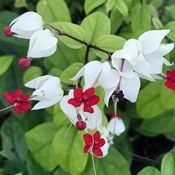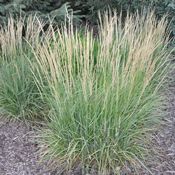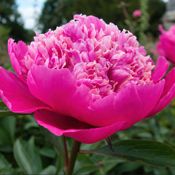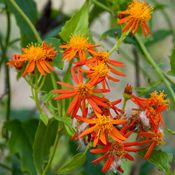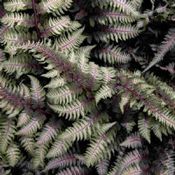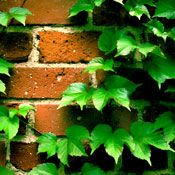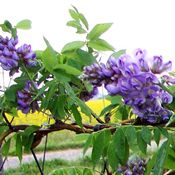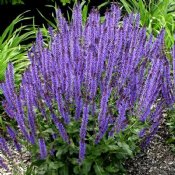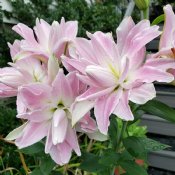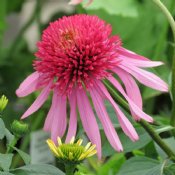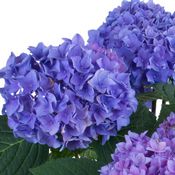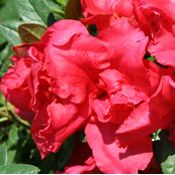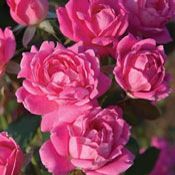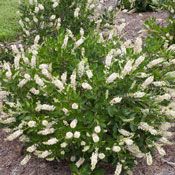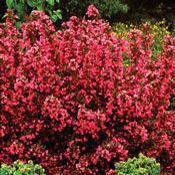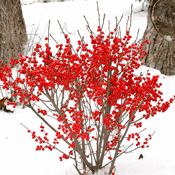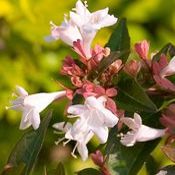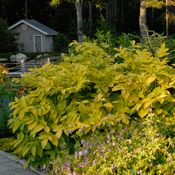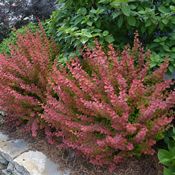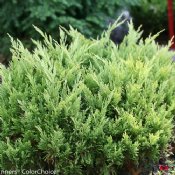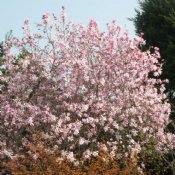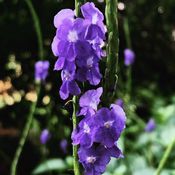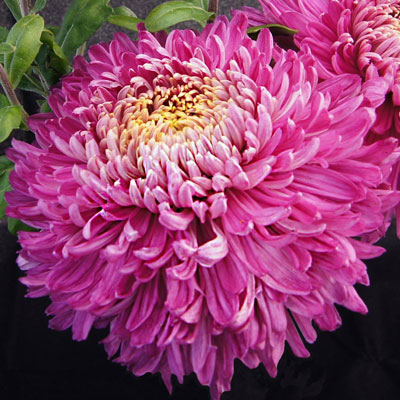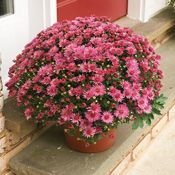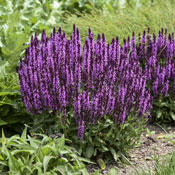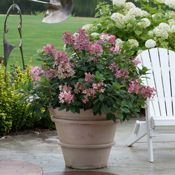Are you looking for a way to create beautiful and private outdoor spaces? The answer is to plant shrubs! Not only do shrubs add an interesting new element of texture to your yard, but they also act as a natural fence or barrier, providing privacy and seclusion, your own private oasis. Read on for what we consider to be some of the best shrub options to consider when creating your outdoor sanctuary, including their characteristics, growing requirements, and maintenance needs.

Boxwood
Boxwoods, though somewhat slow growing, are a classic choice for creating privacy hedges and borders in your landscape. They are evergreen and dense, with small, glossy leaves that maintain their color year-round. Boxwoods can be trimmed to any shape or size, making them a versatile option for creating attractive, yet private spaces. Boxwood shrubs require minimal maintenance, the ideal solution for those who want a beautiful yard without a lot of upkeep.
When planting boxwoods, it is important to choose a location with well-draining soil; Boxwood plants prefer partial shade to full sun exposure. Water regularly as the roots take hold in the soil, then avoid overwatering to prevent root rot. Pruning should be done in spring to maintain the desired shape and size; you should expect a flush of new leaves and stems about 4 weeks after pruning. Avoid pruning, except for removing deadwood, in late summer or fall, as this can damage the shrub and reduce its winter hardiness.

Arborvitae
If you’re looking for a fast-growing shrub that provides excellent, scenic privacy, arborvitae may be the right choice for you. These evergreen shrubs have a narrow, conical shape and can grow up to 30 feet tall. Their height and natural conical shape provide year-round color, adding a somewhat elegant component to your landscape. Arborvitae’s height makes it an excellent option for creating a tall hedge or privacy screen. When it comes to creating dramatic private outdoor spaces, this shrub should be your first consideration!
Arborvitae requires little maintenance. Arborvitae shrubs can thrive in a variety of soil types and light conditions, though they prefer well-draining soil and full sun exposure. Water regularly as the roots become established, then avoid overwatering to prevent root rot. Yellow or brown foliage is a clue that your Arborvitae needs more water. The first pruning should be done at least 2 years after planting in mid to late spring. In mid-fall, if you feel your arborvitae need a bit of a haircut, you can lightly trim to maintain the desired shape and size. It is not recommended to ‘top’ the tree, as this can completely change the form, doing away with that beautiful, conical, refined shape.

Yew
Yew shrubs are slow-growing, but they are incredibly long-lived. This makes them an excellent investment to create forever privacy in your landscape. These evergreen shrubs have a dense, bushy growth habit and can grow up to 50 feet tall, the perfect option for creating a tall, natural privacy fence. Yews also produce a small, red berry that adds visual interest to your yard in the fall.
When planting your Yew shrubs, it is important to choose a location with well-draining soil and partial shade to full sun exposure. As always, water regularly as the plants’ roots become well-established, then avoid overwatering. In fact, established Yew trees will normally only require additional watering during extended periods of particularly hot or dry conditions. This evergreen responds best to pruning in early July and again in early September. The September pruning should just be a light touch up, while you can prune up to 2/3 of the Yew shrub in mid-summer, making it relatively easy to contain its upward growth. Its slow-growing nature means that it will regain its height slowly, so prune the top with that in mind.

Holly
Holly shrubs are a popular ornamental choice for creating a natural privacy fence or hedge. These evergreen shrubs have glossy, dark green, spiny, pointed leaves that remain attractive year-round, its branches producing bright red berries in the winter. These attractive berries add a pop of color to your winter landscape, as well as providing food and shelter for your local avian population. Holly branches are an ideal, allergen-free indoor decoration as well, though care should be taken with your little ones and pets, as Holly berries are slightly toxic to them. Holly bushes are an ideal deterrent to unwelcome visitors when planted beneath windows.
Holly shrubs are not particularly picky when it comes to location but will prefer well-draining soil and partial shade to full sun exposure. Water your Holly bushes daily for the first week after planting, then 2 times a week until they become well-established. Once established, 2-inches of water weekly, at the root line, will maintain their health, as will a layer of mulch to retain water during dry periods and to provide a level of protection during harsh winters. It is recommended that you prune your Holly bushes in late winter or early spring, just as they end their period of dormancy. However, Holly has a natural symmetrical shape that is pleasing to most, so pruning may not be necessary, except to remove damaged or dead branches.

Rose of Sharon
Rose of Sharon is a deciduous (it loses its leaves in the winter) shrub that is prized for its showy blossoms in shades of white, blue, pink, purple, lavender, and sometimes red, that bloom from mid-summer into the fall. Its late blooming nature means that Rose of Sharon will put on a show as your other flowering plants are fading. Rose of Sharon shrubs are low-maintenance, easy to grow, and can reach up to 12 feet tall, making them a great option for creating a leafy and colorful privacy screen or fence.
Rose of Sharon shrubs prefer a location with well-draining soil and full sun exposure, though they are not particularly picky about soil pH or type and will tolerate light shade. Water regularly as your shrubs’ roots take hold, but then water deeply, but less frequently. Rose of Sharon is drought-tolerant once established. Pruning is not a requirement, but rather a matter of what you want your shrub to look like. Pruning more often may produce larger blossoms, though there are likely to be less of them; not pruning will mean a plethora of blooms, though they will most likely be smaller. You can prune Rose of Sharon shrubs in late winter or early spring before new buds form.

Lilac
Lilac bushes are another deciduous shrub that are well-loved for their fragrant spring blossoms. Lilac shrubs can grow up to 15 feet tall and require minimal maintenance once established. They come in a variety of colors, including purple, pink, and white, and can be used to create a flowering, colorful, natural privacy fence or screen.
When planting lilacs, choose a location with well-draining soil and full sun exposure, though they will tolerate slightly shaded spots. Though their blossoms are somewhat short-lived, their intense fragrance attracts pollinators galore, while their full, leafy structure is attractive in and of itself. Once established, Lilacs are remarkably drought tolerant, though your young Lilac plants will need water when the top inch of soil becomes dry, usually once or twice a week. Lilac shrubs, after their first five years, should be pruned just after the flowers fade, on an annual basis. If left to grow out of control, your Lilac shrub may eventually only bloom on the tops of the highest branches.
Adding shrubs to your outdoor spaces can create a beautiful and private sanctuary that you can enjoy year-round. When selecting shrubs, consider their growing requirements and maintenance needs to ensure that they will thrive in your environment. Growing shrubs as a privacy fence or border may be a much more economical choice, and is definitely a more aesthetically pleasing option, when compared to a wooden or chain link fence.


